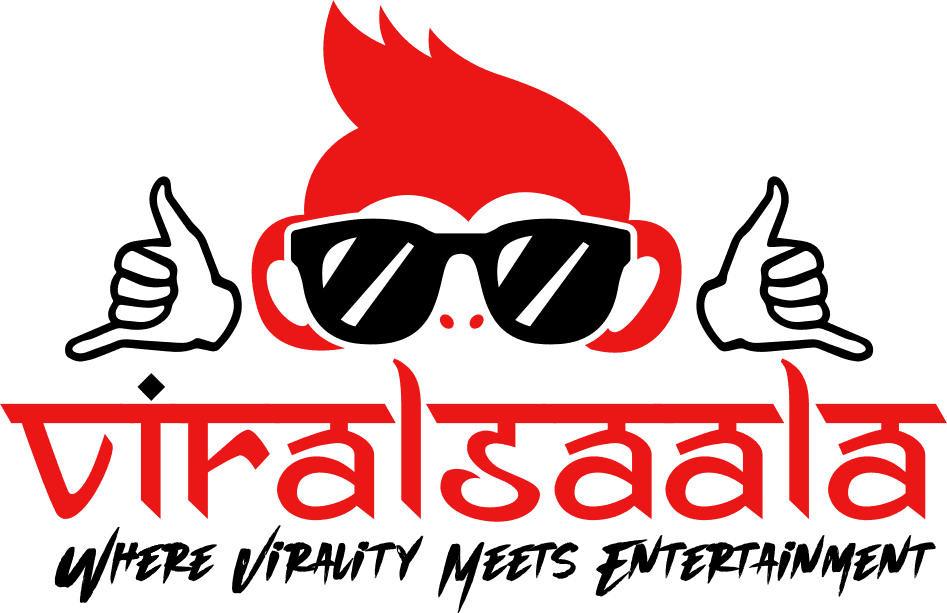Bright song-and-dance performances, dramatic stories, and amazing characters have been attracting people from all over the world for more than a century. At the same time, the film industry has significantly changed in recent decades, mainly under the pressure of the rapidly changing technological landscape. In this essay, we will present an article on how technology changed Bollywood filmmaking.
Pre-Production reboot
For a long time, old bulky stacks and hand-written scripts have remained relics of the past. Nowadays, they are replaced with advanced writing software for the script, providing the possibility of remote teamwork for scriptwriting. Moreover, artists are using digital storyboards with animation to plan scenes in more detail. Online resources have enabled casting directors to discover new talent and reduce the overexposure of established celebrities.
Filming efficiency
Over the last decade, thick old film cameras have been replaced with slim lightweight digital ones with high definition. The benefits of switching to digital cameras also include improving picture quality and offering more shooting flexibility. These cameras are used to record beautiful aerial images with a drone and even green screens for creating fictional worlds.
Post-Production In the digital revolution
The software for non-linear editing has enabled for further editing and rearranging of films. VFX has made it possible to create effects that would have been impossible to make before.
Distribution Recently
Streaming is becoming the main source of film distribution. In less than a week after the release, Indian films are accessible to millions of viewers all over the world. Due to free access to social platforms, producers and film directors can easily promote their work and communicate with the audience.
Pros and Cons Gained advantage comes also with challenges
For instance, it may be expensive for producers to acquire needed equipment and gadgets. More research seems to focus on graphics than the story and character. There is potential for a high level of saturation as everyone has the potential to become a good movie maker.
The Future
The future of Bollywood filmmaking inextricably lies in technology. Emerging VR and AR technology can produce more memorable experiences. Artificial intelligence can play a role in script analysis, video editing, and other tasks.
Conclusion
The heart of Bollywood: emotional connection, storytelling, and entertainment seem to echo from the past; however, attention is on the gadgets and tools that make this access to a new global audience Possible.

